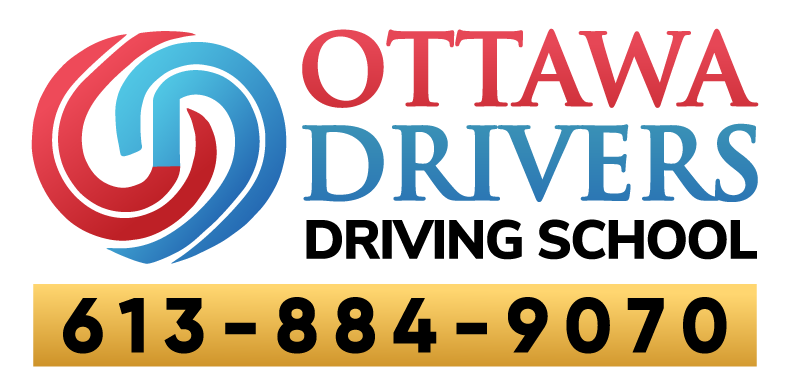
Speed Traps in Ottawa: Police Hotspots You Didn’t Know
Driving in Ottawa can be a pleasure, but nothing sours a commute faster than flashing lights in your rearview mirror and the sting of a speeding ticket. While police enforce speed limits to ensure road safety, some areas are notoriously known as Ottawa speed traps – locations where drivers might unknowingly exceed the limit due to road design, sudden changes in speed zones, or strategic police positioning.
Many drivers assume they know where to be extra vigilant, but the Ottawa Police Service is always adapting their strategies. This article will shine a light on common characteristics of these radar locations and ticket zones, helping you understand where you might be more susceptible to fines, and more importantly, how to avoid them.
What Makes an Area an “Ottawa Speed Trap”?
An Ottawa speed trap isn’t always a hidden cop behind a billboard. Often, it’s a combination of factors:
- Sudden Speed Limit Changes: Roads that transition quickly from high to low-speed zones (e.g., entering a residential area from a highway).
- Long, Straight Stretches: These invite drivers to unconsciously increase speed.
- Downhill Slopes: Gravity can cause vehicles to accelerate without the driver realizing.
- Areas with High Collision Rates: Police often target these for increased enforcement to improve safety.
- Construction Zones: Reduced limits are strictly enforced for worker safety.
- School Zones: Lower limits during specific hours are heavily monitored.
Common Police Hotspots & Radar Locations You Might Not Expect
While we can’t pinpoint exact, daily locations (as they change frequently), based on common enforcement patterns and driver reports, these types of areas frequently serve as radar locations and ticket zones across Ottawa:
- Trans-Canada Highway (Highway 417) Exits and Entrances: Specifically where the highway speed (100 km/h) drops sharply to city speeds (60-80 km/h). Watch for hidden cruisers near ramps.
- Colonel By Drive & Queen Elizabeth Driveway: Especially during non-peak hours, the scenic beauty can distract from the 60 km/h limit, with police often present.
- Major Arterial Roads (e.g., Baseline Road, Greenbank Road, Bank Street, Merivale Road): Long, relatively straight sections, particularly those transitioning between commercial and residential areas, are prime targets.
- Airport Parkway: While seemingly open, the speed limit is 80 km/h, and enforcement is common.
- Bridge Approaches and Exits (e.g., Macdonald-Cartier Bridge, Chaudière Bridge): Speed limits often change drastically as you approach or leave these structures.
- Residential Streets with School Zones: Even outside school hours, many residential roads have default 40 km/h limits, and enforcement can occur if residents complain about speeding.
- Industrial Park Roads: These roads can be wide and empty, tempting drivers to speed, but police know this.
- Areas Around Shopping Centers (e.g., Bayshore, Rideau Centre access roads): Heavy traffic and quick exits can lead to impatience and speeding.
- Construction Zones on Major Routes: Reduced speed limits in construction zones are always rigorously enforced, often with higher fines.
- Sections of Hunt Club Road: Another long arterial road where speed creep is common and enforcement is frequent.
How to Avoid Fines and Drive Safely
The best way to navigate Ottawa speed traps and avoid fines is to adopt safe driving habits:
- Pay Attention to Speed Limit Signs: This sounds obvious, but many drivers miss changes.
- Be Aware of Your Surroundings: Look for police vehicles, even unmarked ones, and other drivers’ reactions.
- Maintain a Safe Following Distance: This gives you more time to react to sudden changes in traffic or speed.
- Use Cruise Control: On longer stretches, cruise control helps maintain a consistent, legal speed.
- Don’t Rely Solely on Others: Just because traffic is moving fast doesn’t mean it’s the legal limit.
- Check Your Speedometer Regularly: Especially on long drives or downhill sections.
- Download a Reliable Navigation App: Many apps offer real-time speed trap alerts based on user reports, which can be a helpful tool.
Conclusion
Understanding where Ottawa speed traps commonly occur and practicing defensive driving are your best tools for avoiding ticket zones and ensuring a safe, fine-free journey. If you’re new to driving in Ottawa or want to refresh your skills, consider visiting driving school ottawa for expert training and tips to navigate the city’s roads confidently.

No Comments